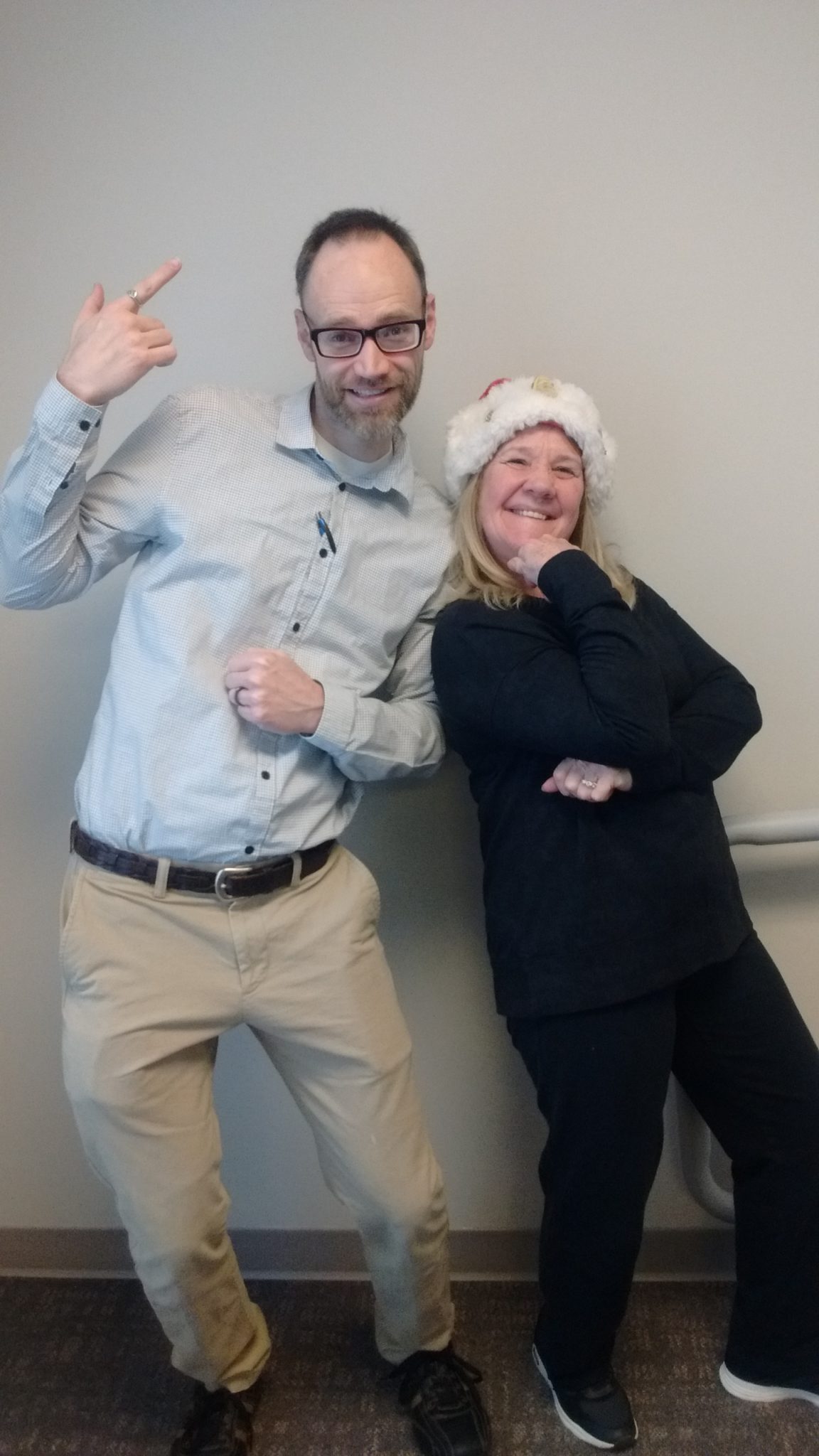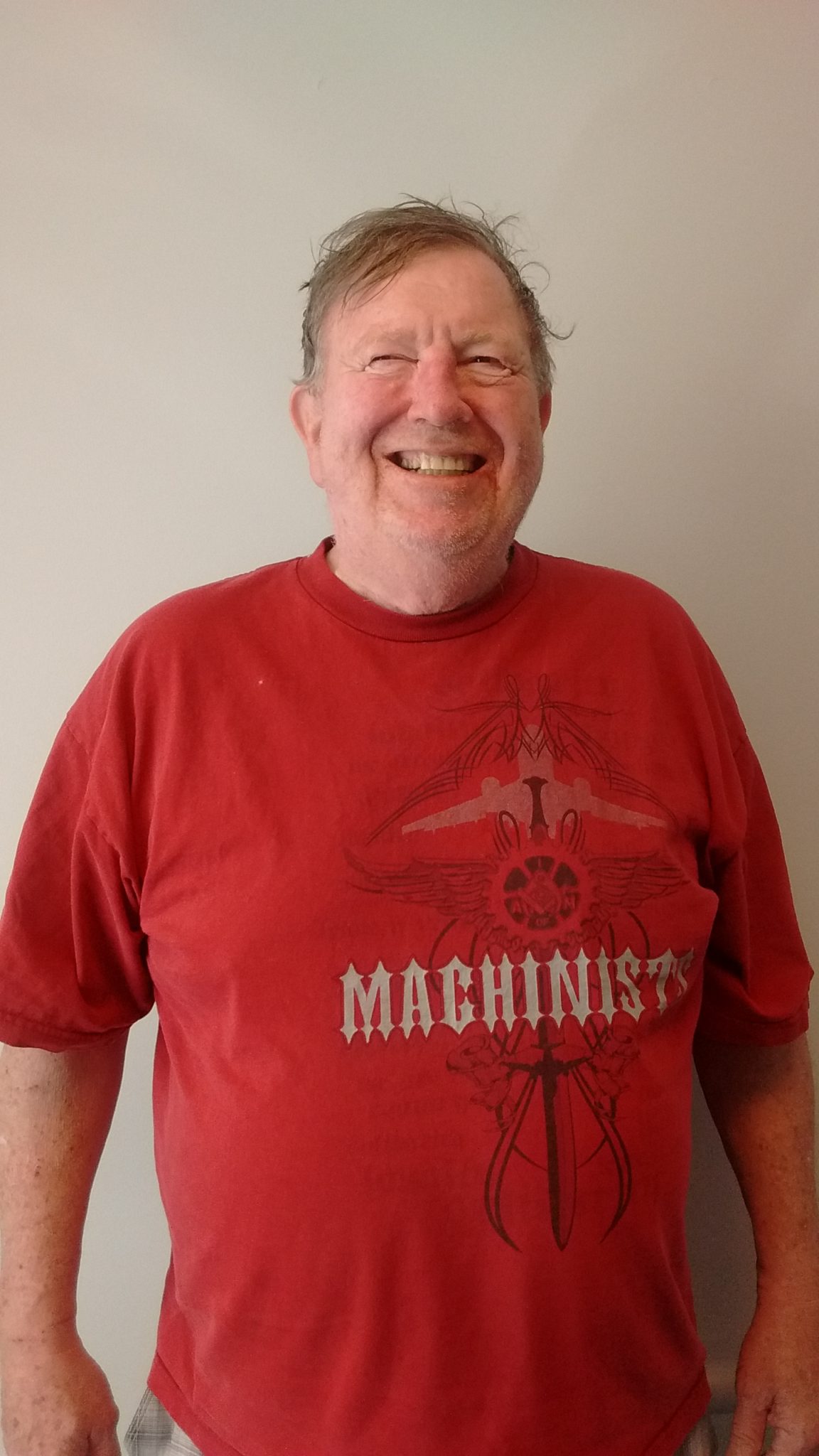Light Therapy Can Improve Your Mood and Energy
Introduction
In this post we're going to define seasonal affective disorder, what causes it, and what can be done to help treat it. We'll also discuss some risks and side effects of this condition. By the end of this article you should have a better understanding of seasonal affective disorder and how light therapy can improve your mood and energy.
What is seasonal affective disorder?
Seasonal Affective Disorder; also known as SAD, is a form of depression. This disorder tends to occur in a circadian rhythm, much like your sleep cycle however, rather than this cycle repeating every 24-hours, it seems to repeat yearly, usually around the same time of year. In the past, you may have heard this referred to as the “winter blues” however, it is more serious than just a period of feeling “down”. This condition can happen in the spring and summer however, it is most common in the fall and winter.
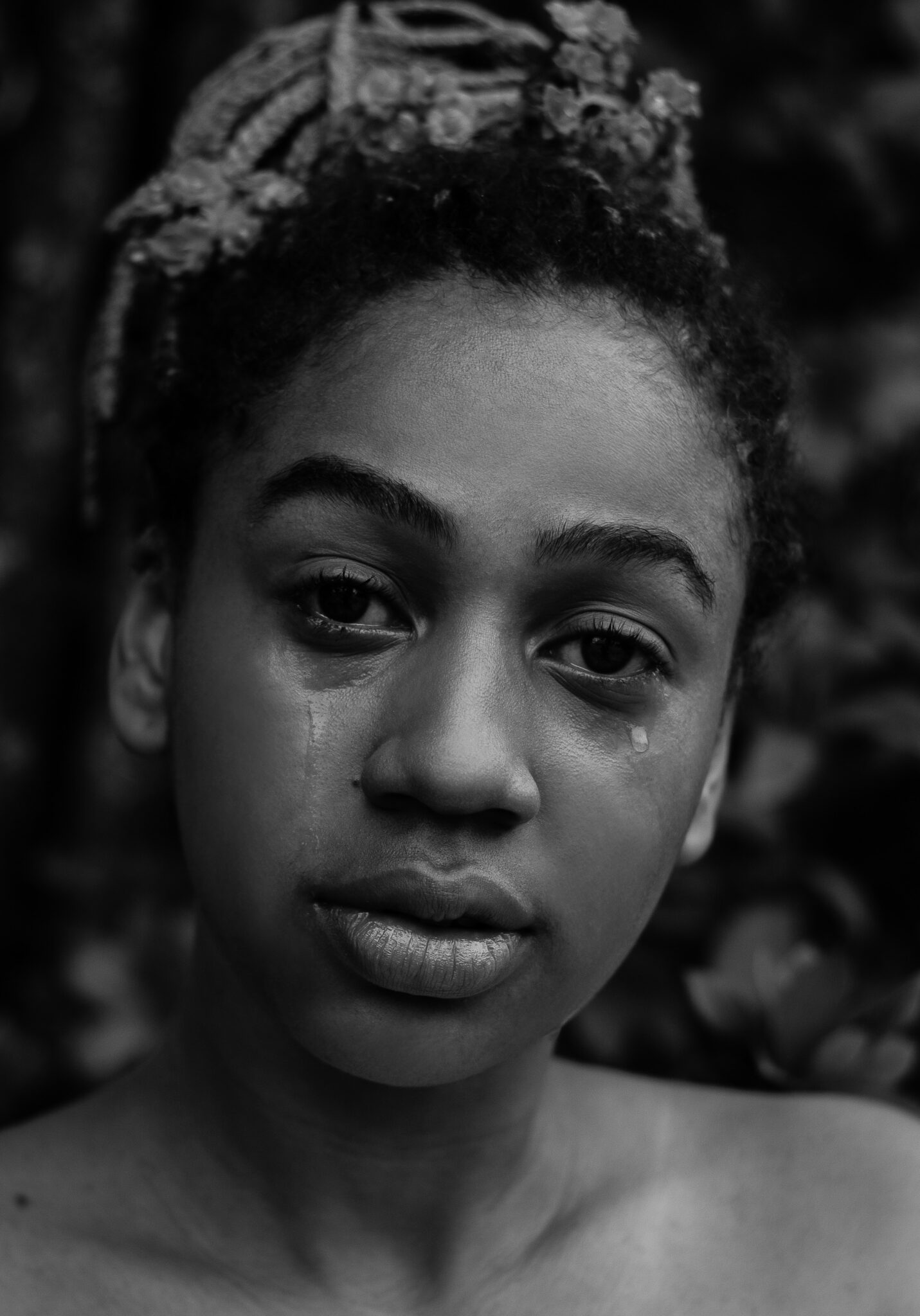
What causes SAD?
Some research suggests there are higher incidences of SAD as you get further away from the equator. They believe this is because there are less hours of sunlight in the winter when you are further away from the equator. The sun can impact our moods because exposure to sunlight can release a hormone (biological chemical) called serotonin. Serotonin is a hormone that helps to improve our mood. More serotonin means feeling happier and having more energy. Less serotonin means feeling sad and having low energy. Knowing this, you can see that less exposure to the sun would lead to less serotonin being released, and as mentioned, less serotonin leads to decreased mood and depression. The sun also impacts the release of melatonin, which is a hormone that regulates our sleep cycles. When we don’t sleep well we are more irritable and can become more easily depressed. The longer these hormones are altered the more likely we are to fall victim to SAD. Now, when you think of a place like Washington, that is far away from the equator, short hours of daylight during the winter, and many hours per day of overcast, further decreasing exposure to the sun, it’s easy to see why there would be cases of SAD in this state.
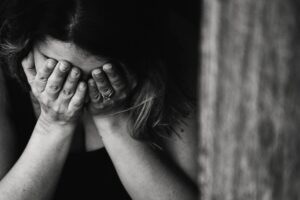
What are the signs and symptoms of SAD?
The symptoms of SAD are similar to other types of depression which includes, low energy, feelings of sadness nearly every day, feeling of hopelessness, worthlessness or guilt, loss of interest in activities that you used to enjoy, difficulty sleeping, appetite or weight changes, more irritable than usual, difficulty concentrating, and having thoughts of hurting yourself or others. With SAD you may not have these feelings all the time. These feeling come and go and are worse during certain times of the year.
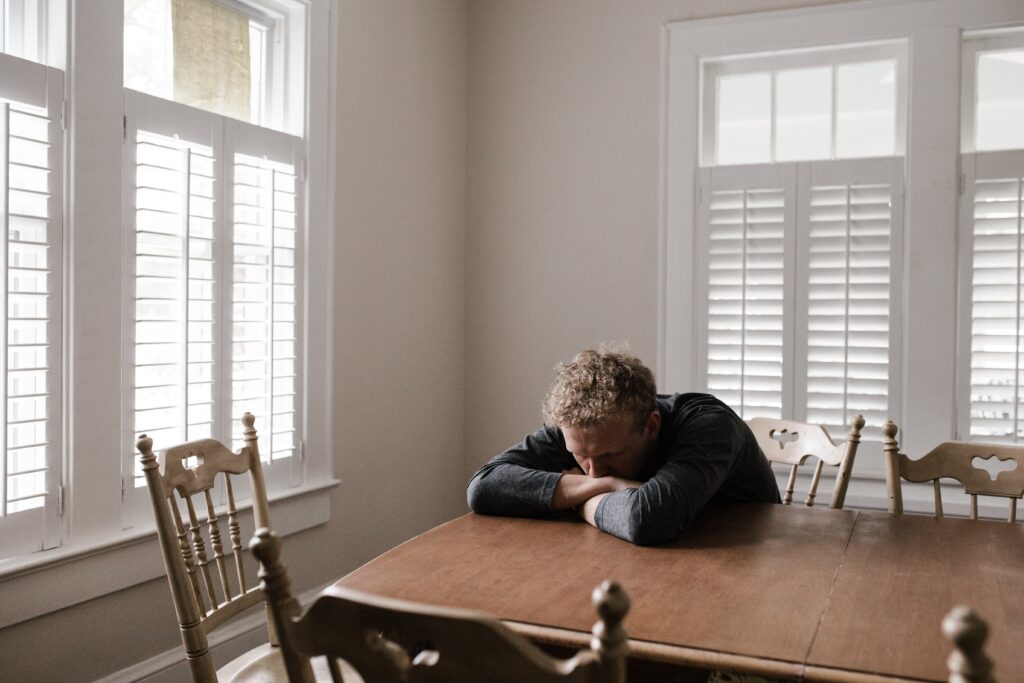
Who is at risk for SAD?
There is evidence that SAD has hereditary ties. If you have a relative that has SAD or another type of depression, you will have a higher risk of suffering from depression as well. You are also at increased risk of SAD if you already have another type of depression. In this case, your depression may worsen with some seasons. People who live further away from the equator are at greater risk as well.
How is SAD treated?
Finally, the most important part, what you can do to help treat your SAD. First, make an appointment with your primary physician for treatment if your symptoms have progressed to you having thoughts about hurting yourself or others, if you have changes to you appetite or weight, you are having difficulty sleeping, or you are self-medicating with drugs or alcohol. If none of that applies to you, seasonal light therapy (SLT) may help you. SLT or bright light therapy (BLT) has been used to treat SAD for more than 30 years. The research that has been done on SLT is limited by small sample sizes however, the evidence of this research implies that SLT is more effective than placebo in treating SAD. What exactly does that mean? It means SLT effectively helps treat SAD. During the study, the people who received SLT were more likely to feel less depressed after their light therapy treatment.
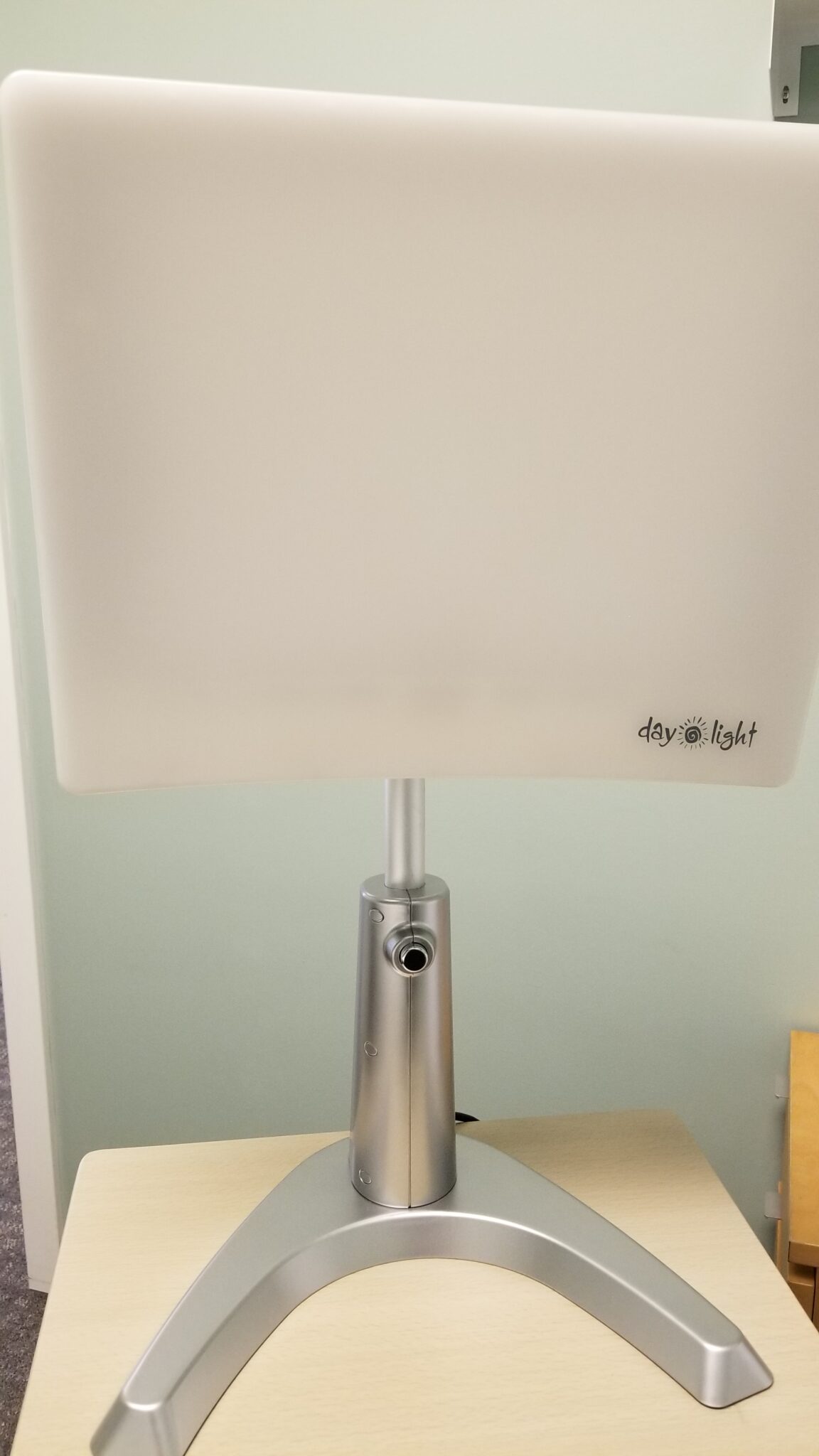
What is SLT?
SLT uses a special lamp that puts off 10,000 Lux/Lumens of light. This amount of light is equivalent to the afternoon sun. This amount of light has the same effect as sitting outside on a sunny day. Your brain doesn’t know the difference between the brightness of the sun and the brightness of the lamp. As a result, your brain will begin to release serotonin, which improves your mood, energy level, alertness, and concentration. SLT also help regulate your circadian rhythm, which helps you sleep better.
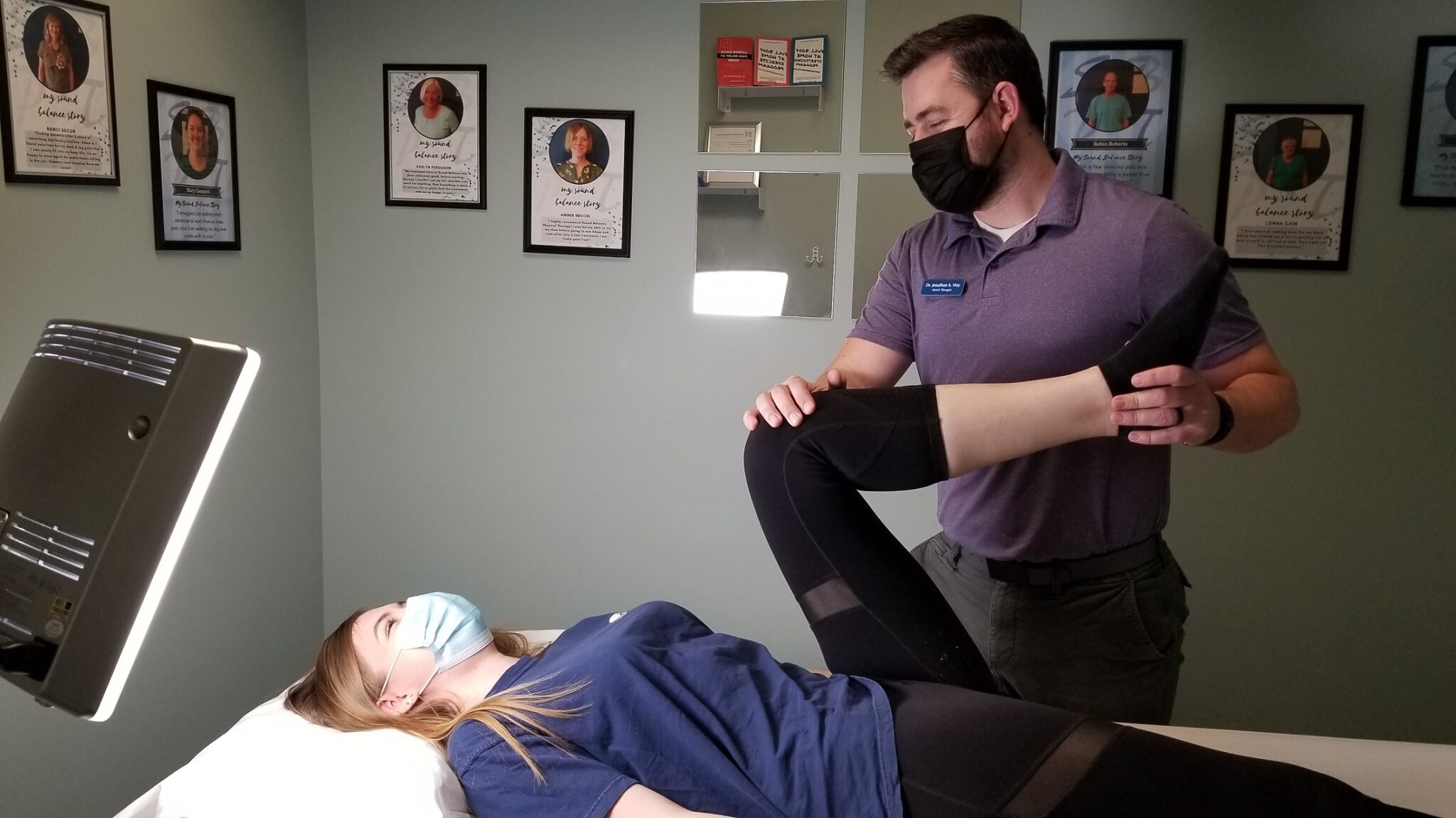
Stretch With Light Therapy
Where to get SLT
Sound Balance Physical Therapy (SBPT) is now offering SLT. Here at SBPT we focus on treating the whole person and SLT allows us to treat our patients’ physical and mental well-being. Adding SLT as a service gives us another dimension of healing that sets us apart from most other physical therapy clinics. Your therapist will set the light between 12-24 inches from you for 15-30 minutes. Your initial session will be 15 minutes maximum. This therapy can be purchased as a add-on service to go along with one of our wellness treatments. If used as an add-on, you can have the light on while enjoying a stretch session or massage and leave our clinic with your mind and your body feeling rejuvenated. As a side note, you do not have to worry about skin damage or burns because this is not a UV light.
Conclusion
Seasonal affective disorder impacts many people. Your risk of SAD increases as you get further away from the equator, you have family members that have depression, and have limited exposure to the sun. Light therapy at SBPT can help decrease the impact of SAD to improve you mood and energy level. Come in to the clinic and try light therapy to see how good you can feel. Schedule today at Sound Balance Physical Therapy.

